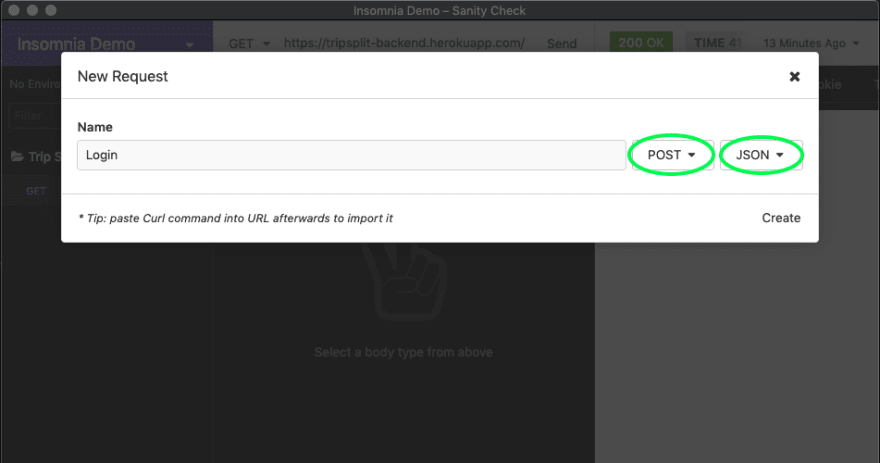

object_type ( string) – restrict the members returned to those of a given type,Į.g.id ( string) – the id or name of the group.The user must have permission to ‘get’ the group. member_list ( context, data_dict=None ) ¶ page ( int) – when limit is given, which page to return,Ĭ.

The list is sorted most-recently-modified first. Return a list of the site’s datasets (packages) and their resources. current_package_list_with_resources ( context, data_dict ) ¶ offset ( int) – when limit is given, the offset to startĬ.limit ( int) – if given, the list of datasets will be broken into pages ofĪt most limit datasets per page and only one page will be returned.Return a list of the names of the site’s datasets (packages). site_read ( context, data_dict=None ) ¶Ĭ. Markw on using curl, run this command:ĪPI functions for searching for and getting data from CKAN. (The name of the HTTP headerĬan be configured with the apikey_header_name option in your CKANįor example, to ask whether or not you’re currently following the user To provide your API token in an HTTP request, include it in either anĪuthorization or X-CKAN-API-Key header. Support for legacy API keys will be removed in future CKAN versions. Legacy API keys (UUIDs that look like ec5c0860-9e48-41f3-8850-4a7128b18df8) are still supported,īut its use is discouraged as they are not as secure as tokens and are limited to one per user.

Site maintainers can use API Token Settings to configure the token generation. The expire_api_token core plugin allows to define the expiration timestamp for a token. A user can create as many tokens as neededįor different uses, and revoke one or multiple tokens at any time. These areĮncrypted keys that can be generated manually from the UI (User Profile > Manage > API tokens) Starting from CKAN 2.9 the recommended mechanism to use are API tokens. When calling an API function that requires authorization, you mustĪuthenticate yourself by providing an authentication key with your The API uses the same authorizationįunctions and configuration as the web interface, so if a user is authorized toĭo something in the web interface they’ll be authorized to do it via the API as Some API functions require authorization. The old legacy API keys will still work but they will be removed in future versions so it is Starting from CKAN 2.9, API tokens are the preferred way of authenticating API calls. read ()) assert response_dict is True # package_create returns the created package as its result.
INSOMNIA API GET SEARCHES CODE
code = 200 # Use the json module to load CKAN's response into a dictionary. urlopen ( request, data_string ) assert response. add_header ( 'Authorization', '***' ) # Make the HTTP request. # Replace *** with your API key, from your user account on the CKAN site # that you're creating the dataset on. Request ( '' ) # Creating a dataset requires an authorization header. dumps ( dataset_dict )) # We'll use the package_create function to create a new dataset. dataset_dict = # Use the json module to dump the dictionary to a string for posting. #!/usr/bin/env python import urllib2 import urllib import json import pprint # Put the details of the dataset we're going to create into a dict. Get an activity stream of recently changed datasets on a site:
INSOMNIA API GET SEARCHES UPDATE
Search for packages or resources matching a query:Ĭreate, update and delete datasets, resources and other objects
INSOMNIA API GET SEARCHES FULL
Get a full JSON representation of a dataset, resource or other object: Get JSON-formatted lists of a site’s datasets, groups or other CKAN objects: For example, using the CKAN API your app can: (everything you can do with the web interface and more) can be used by externalĬode that calls the CKAN API. All of a CKAN website’s core functionality Interacts with CKAN sites and their data.ĬKAN’s Action API is a powerful, RPC-style API that exposes all of CKAN’sĬore features to API clients. This section documents CKAN’s API, for developers who want to write code that


 0 kommentar(er)
0 kommentar(er)
